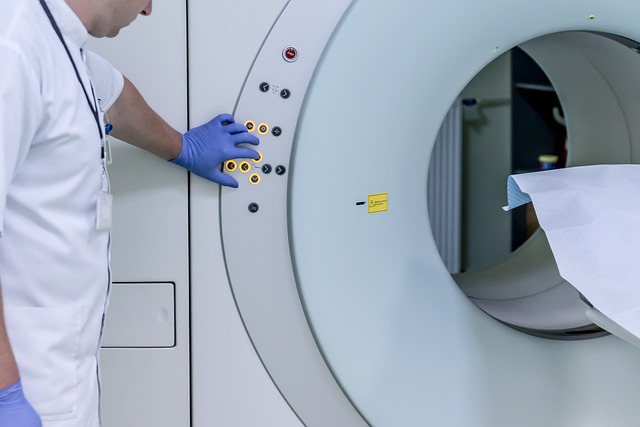
Car Audio
Introduction
Car audio systems have undergone significant transformations over the decades, evolving from basic radio systems to sophisticated multimedia setups. This evolution reflects advancements in technology and changing consumer preferences, leading to a more immersive driving experience. This article explores the various aspects of car audio, including its history, current technologies, and future trends.
History of Car Audio
The journey of car audio began in the early 20th century with simple AM radios. As technology progressed, the introduction of FM radio in the 1960s enhanced sound quality, allowing for a broader range of stations. The 1970s saw the emergence of 8-track tapes, which provided a new way to enjoy music on the road. This was followed by cassette tapes in the 1980s, which became a popular medium for music playback.
In the 1990s, compact discs (CDs) revolutionized car audio, offering superior sound quality and durability compared to previous formats. The late 1990s and early 2000s marked the rise of digital music players, such as iPods, which allowed users to carry vast libraries of music in their vehicles. The introduction of MP3 technology further changed the landscape, enabling easy storage and playback of digital audio files.
Current Technologies in Car Audio
Today, car audio systems are more advanced than ever, incorporating various technologies to enhance the listening experience. Key features of modern car audio systems include:
- Bluetooth Connectivity: This feature allows drivers to connect their smartphones wirelessly, enabling hands-free calls and music streaming.
- Apple CarPlay and Android Auto: These platforms integrate smartphones with the car's infotainment system, providing access to apps, navigation, and music directly from the dashboard.
- High-Resolution Audio: Many modern systems support high-resolution audio formats, delivering superior sound quality that appeals to audiophiles.
- Surround Sound Systems: Advanced audio setups now include multi-channel surround sound, creating an immersive listening environment.
Importance of Quality Sound Systems
Investing in a quality car audio system can significantly enhance the driving experience. A well-designed audio system not only provides clear and rich sound but also reduces fatigue during long drives. Furthermore, quality sound systems can improve safety by allowing drivers to maintain focus on the road while enjoying their favorite music or podcasts.
Installation and Maintenance
Proper installation of car audio systems is crucial for optimal performance. Professional installation services ensure that all components are correctly fitted and calibrated. Additionally, regular maintenance, such as cleaning speakers and checking connections, can prolong the life of the audio system and maintain sound quality.
Future Trends in Car Audio
The future of car audio is likely to be shaped by several emerging trends:
- Integration with Smart Technology: As vehicles become more connected, car audio systems will increasingly integrate with smart home devices, allowing for seamless control of audio both inside and outside the vehicle.
- Personalized Audio Experiences: Advances in artificial intelligence may lead to personalized sound profiles based on individual preferences, enhancing the listening experience.
- Enhanced User Interfaces: Touchscreen displays and voice recognition technology will continue to evolve, making it easier for drivers to control their audio systems without distraction.
- Focus on Sustainability: The industry may see a shift towards eco-friendly materials and energy-efficient systems as consumers become more environmentally conscious.
Conclusion
Car audio systems have come a long way, evolving from simple radios to complex multimedia systems that enhance the driving experience. With ongoing advancements in technology, the future promises even more exciting developments in car audio. As consumers continue to seek high-quality sound and seamless integration with their digital lives, the car audio industry will undoubtedly adapt to meet these demands.

















 Nagasaki Velca
Nagasaki Velca 
 Health
Health  Fitness
Fitness  Lifestyle
Lifestyle  Tech
Tech  Travel
Travel  Food
Food  Education
Education  Parenting
Parenting  Career & Work
Career & Work  Hobbies
Hobbies  Wellness
Wellness  Beauty
Beauty  Cars
Cars  Art
Art  Science
Science  Culture
Culture  Books
Books  Music
Music  Movies
Movies  Gaming
Gaming  Sports
Sports  Nature
Nature  Home & Garden
Home & Garden  Business & Finance
Business & Finance  Relationships
Relationships  Pets
Pets  Shopping
Shopping  Mindset & Inspiration
Mindset & Inspiration  Environment
Environment  Gadgets
Gadgets  Politics
Politics 